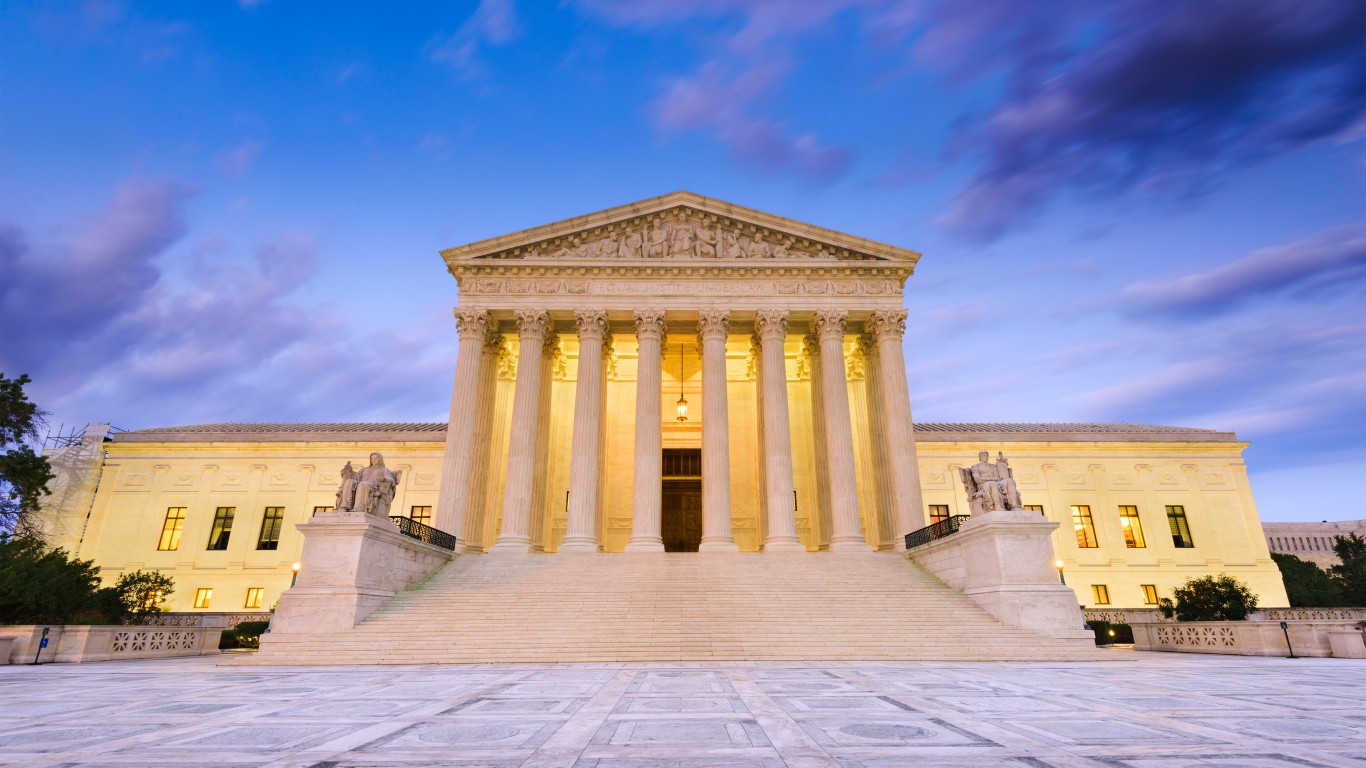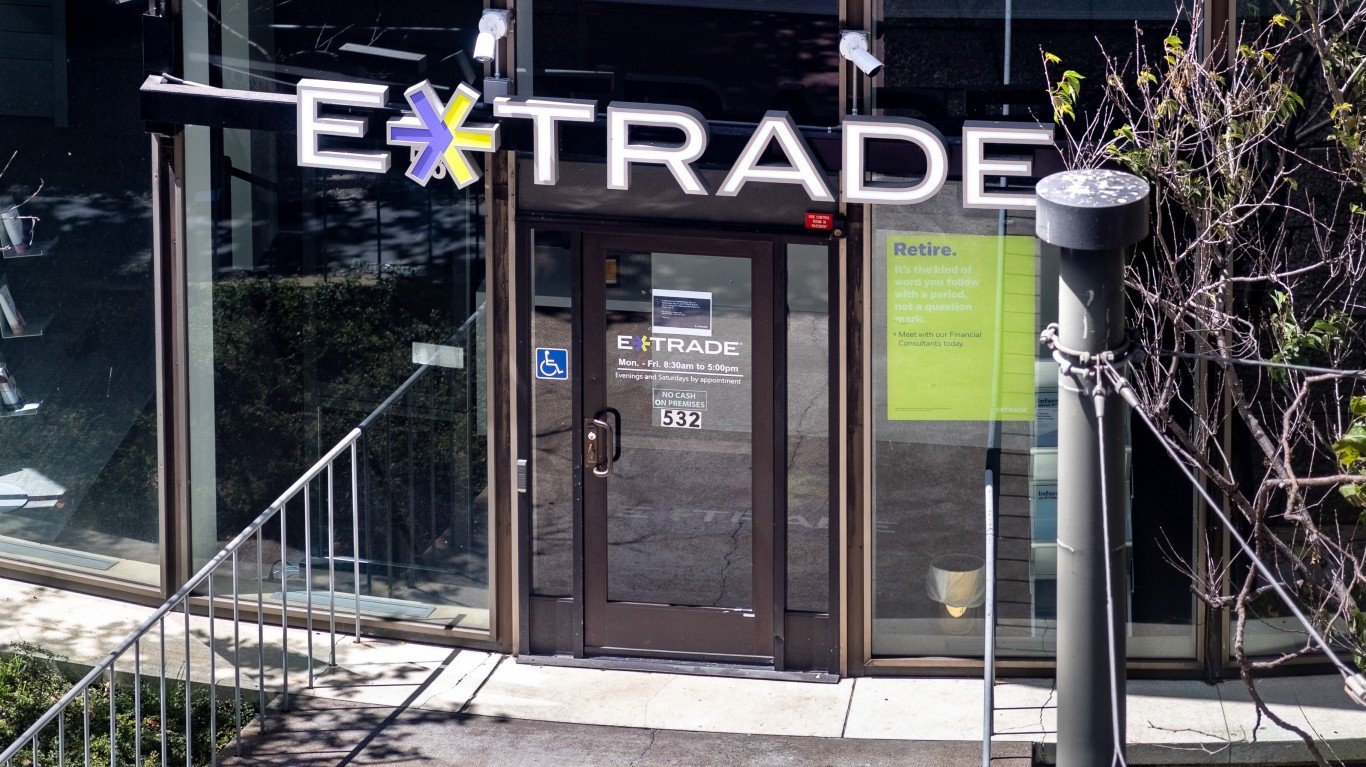

The U.S. Supreme Court on Thursday has agreed to weigh in on a dispute over the federal government’s 2012 takeover of Fannie Mae (FNMA) and Freddie Mac (FMCC). The two government-sponsored enterprises (GSEs) guarantee about $6.5 trillion in mortgage loans.
In its statement granting the case one-hour of oral argument during the term beginning in October, the Supreme Court will decide two questions. First, does the structure of the Federal Housing Finance Agency (FHFA) violate the constitutional separation of powers. Second, “must the courts set aside a final agency action” taken when the FHFA was illegally structured and, as a result, “strike down the statutory provisions that make FHFA independent.”
The issues echo elements of the recent Supreme Court decision that the U.S. president could replace the director of the Consumer Financial Protection Bureau (CFPB) without cause but validating the agency’s existence and actions.
As played out in the lower courts, the primary issue is the federal government’s requirement that Fannie and Freddie, while under the 2012 conservatorship, funnel virtually all the GSEs’ profits to the U.S. Treasury. As part of the Recovery Act of 2008, the federal government injected $190 billion into the two firms in exchange for preferred stock that paid a 10% dividend and included warrants to purchase about 80% of Fannie’s and Freddie’s common stock at a rock-bottom price.
The GSEs also were prohibited from paying dividends in quarters during which they did not post a profit. Now, all profits instead would be paid to the U.S. Treasury as dividends in what the financial world calls a net-worth sweep. That ended a practice of Fannie and Freddie borrowing funds from the Treasury to pay dividends even when the GSEs did not make a profit.
The FHFA was appointed as the conservator for Fannie and Freddie in 2012, and by the end of 2013, the two GSEs had repaid the original $190 billion and would, over the next several years, send the Treasury more than $115 billion as dividend payments.
Investors in Fannie and Freddie claim the FHFA exceeded its authority when it implemented the net-worth sweep because the two GSEs were not in danger of failing and could have raised needed capital in the financial markets. They argue further that paying dividends to investors was discretionary, not required.
The net-worth sweep, investors argue, was unrelated to fears that the GSEs would become insolvent but instead was adopted because FHFA was concerned that Fannie and Freddie “would make too much and thus would complicate the Administration’s plans to keep Fannie and Freddie in perpetual conservatorship and to prevent their private shareholders from seeing any return on their investments.”
At stake are the $300 billion or so that Fannie and Freddie have returned to the Treasury since 2012. If the investors prevail, that money may be redistributed and some early investment firms who scooped up Fannie and Freddie stock for pennies could become big winners.
But dollars aside, the case threatens the very existence of the FHFA. If the Supreme Court were going to use the CFPB decision as a template, why did it take this case for review?
The outcome of this review also could have a profound impact on the Trump administration’s plans to take Fannie and Freddie to the public market again. Of course, if the president is not reelected in November, the current plans likely would be derailed anyway.
Take This Retirement Quiz To Get Matched With An Advisor Now (Sponsored)
Are you ready for retirement? Planning for retirement can be overwhelming, that’s why it could be a good idea to speak to a fiduciary financial advisor about your goals today.
Start by taking this retirement quiz right here from SmartAsset that will match you with up to 3 financial advisors that serve your area and beyond in 5 minutes. Smart Asset is now matching over 50,000 people a month.
Click here now to get started.
Thank you for reading! Have some feedback for us?
Contact the 24/7 Wall St. editorial team.
 24/7 Wall St.
24/7 Wall St.


